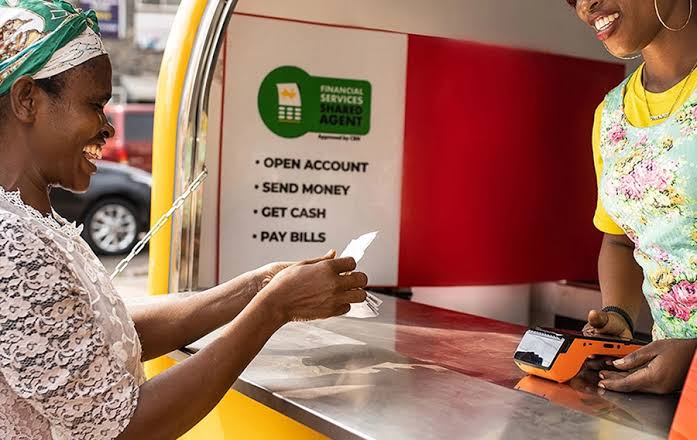Fintechs arose as a result of the banking system’s inability to reach a sufficient number of people and lack of adequate infrastructure. Africa has suffered as a result of its lack of financial participation. Mobile money services began to appear in the area as the number of mobile phones and internet services increased. These services made it easier for Africans to obtain funds.
M-Pesa was created in 2007 by Safaricom, a part of Vodafone, as the first global mobile money service.
The program’s initial goal was to speed up remittance payments, and target marginalised lower- and middle-income Kenyan households, laying the groundwork for what is quickly taking shape across Africa.
This service is provided by mobile network providers (MNOs). Phones can be used to receive, send, and pay for products and services. A bank account is not required for users to open a mobile money account, which is linked to their phone number. To emphasise its global reach, mobile money is referred to as “the epicentre” of Africa.
Read also: AfriBlocks connects African freelancers to multinational corporations
By 2022, Africa will control 70% of the $1 trillion mobile money business. African mobile money transactions will reach $701.4 billion in 2021, up 39% from $495 billion in 2020. The Future of Mobile Banking in Africa
According to GSMA figures for 2022, mobile money transactions increased by 23% to 36.7 billion in 2021, up from 27.5 billion in 2020. With this number, Africa leads the world in mobile money
In Africa, as in the rest of the globe, the mobile money context is rapidly shifting from business-to-consumer (B2C) to business-to-business (B2B). Despite the fact that the African market is outperforming industry forecasts, we look at its future and what’s ahead for mobile money in Africa.
Potential Opportunities in Mobile Money
Mobile money’s quick diversification outside of person-to-person transactions has contributed to its recent success. In 2021, the mobile money industry will help small enterprises improve efficiency and customer experience.
Mobile money-enabled merchant payments will reach a global average of $5.5 billion in monthly transactions by 2020. If that number doesn’t convince you, consider this:
Mobile money services expanded globally faster than expected. By 2022, there will be 1.6 billion mobile money accounts, up 13% from 1.4 billion in 2021.
Last year, Southern Africa added 24% more registered accounts and 18 million active mobile money accounts.
The GSMA expects mobile money markets in South Asia and Africa to grow. The sector is predicted to operate well and increase utilisation, promising investors and industry participants high profits in the next few years. Infrastructure boosts domestic e-payments. This may be profitable.
Mobile Payments
Mobile money helps startups grow. Job creation and poverty reduction are possible at the plant. Fast account-to-account transactions are possible thanks to Africa’s expanding payments infrastructure. Mobile money-enabling cellular standards could revolutionise African livelihoods.
Mobile money should become the rule in Africa. We need a stable cell network. Mobile money is useful for Africa. Mobile money makes it easier for people to get money. As mobile network access gets better, more people will use mobile money.
The central banks’ fewer restrictions allow mobile money carriers to innovate as payment channels.
As seen with Lipa na M-Pesa in Kenya, MT MoMo, Orange Money, and Airtel Money, mobile money can encourage innovation and diversify income streams across expanding services.
In a region with over one billion people, half of whom will be under 25 by 2050, mobile money has yet to fulfil its full potential. Because of its potential, governments must normalise it.
